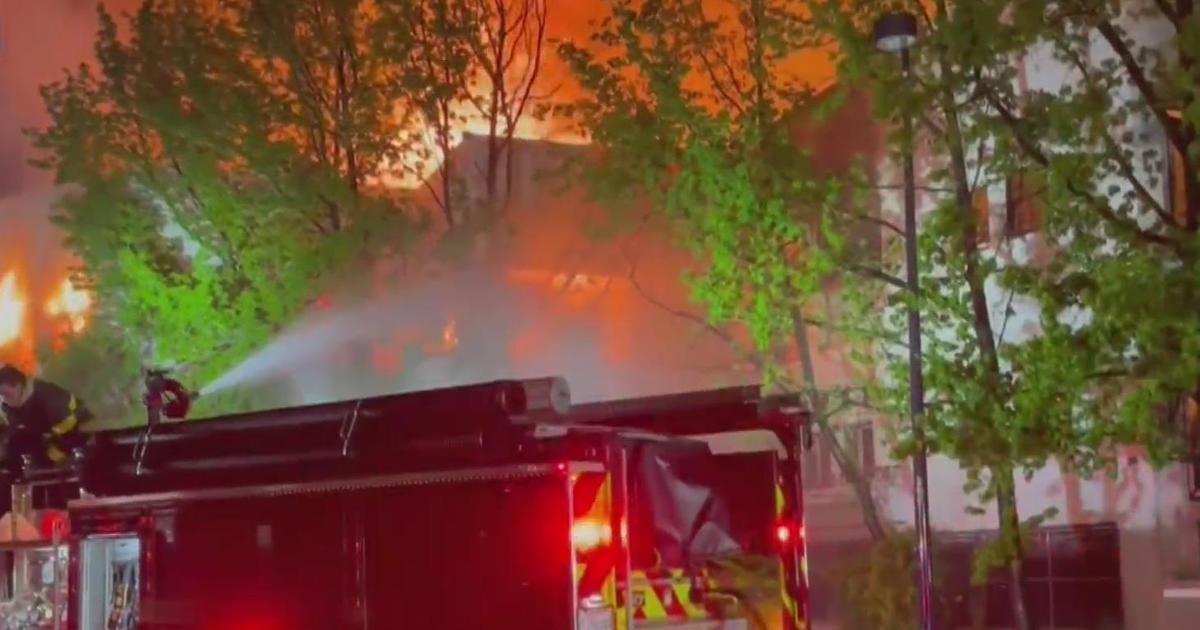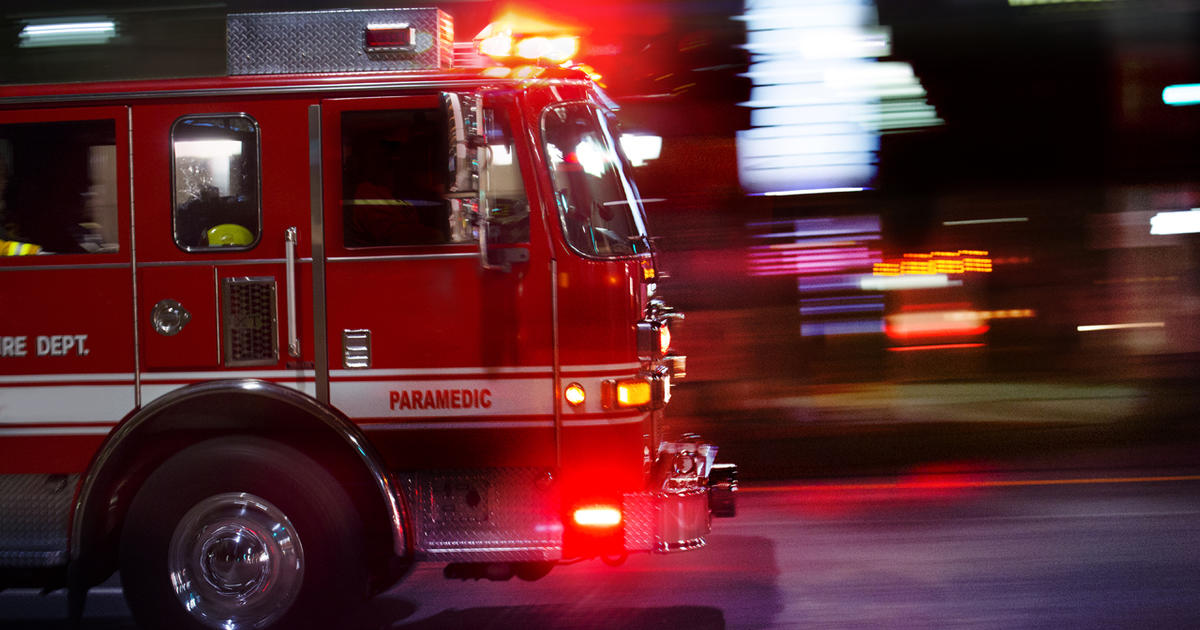Petaluma Family Sickened By Carbon Monoxide
PETALUMA (BCN) -- Four people were sickened in their Petaluma home Friday night after it filled with dangerously high levels of carbon monoxide that firefighters said likely originated from a faulty or improperly ventilated heating appliance.
Firefighters responded about 9:20 p.m. Friday to the home in the 1100 block of St. Anthony Lane where they found two adults and two children feeling ill, according to the fire department.
Highs levels of carbon monoxide - a potentially deadly colorless, odorless gas - were detected using a hand-held gas monitor, and the occupants were taken outside to breathe fresh air.
What makes carbon monoxide potentially deadly is that when it is breathed it displaces oxygen in the bloodstream, which will eventually deprive the brain of oxygen, essentially suffocating the victim.
Because carbon monoxide poisoning can kill within minutes, it is important to recognize the early symptoms of overexposure, including headache, dizziness, and nausea. Continued exposure to high levels of carbon monoxide can cause the victim to lose consciousness.
Once outside, the four victims began to feel better, but were still shuttled by ambulance to a nearby hospital for further evaluation, according to the fire department.
PG&E was requested to respond to the home after firefighters turned off the natural gas supply to the home.
Common sources of carbon monoxide include fuel-burning space heaters or water heaters with improper venting and blocked chimneys or vent pipes, according to PG&E.
Firefighters continued to ventilate the home until the air readings returned to normal levels. Crews pinpointed the source of the gas leak to a faulty or improperly ventilated heating device, according to the fire department.
When a PG&E crew arrived, they determined the home was safe to inhabit for the night so long as the questionable heating appliance was not used until it was repaired or replaced.
Carbon monoxide is produced as a common byproduct of the burning of fossil fuels. Most fuel-burning appliances produce little of the dangerous gas, if properly installed and maintained, according to PG&E.
Production of carbon monoxide can reach dangerous levels if not enough oxygen reaches the burner or if ventilation is inadequate.
Carbon monoxide detectors are the best way to alert residents to dangerous levels of the gas.
Long-term, low-level exposure to carbon monoxide can also have severe health implications, including heart problems and brain damage. Symptoms of long-term exposure include shortness of breath, mild nausea, and headaches when indoors that improve when outdoors.
(© CBS Broadcasting Inc. All Rights Reserved. This material may not be published, broadcast, rewritten or redistributed. Bay City News contributed to this report.)



